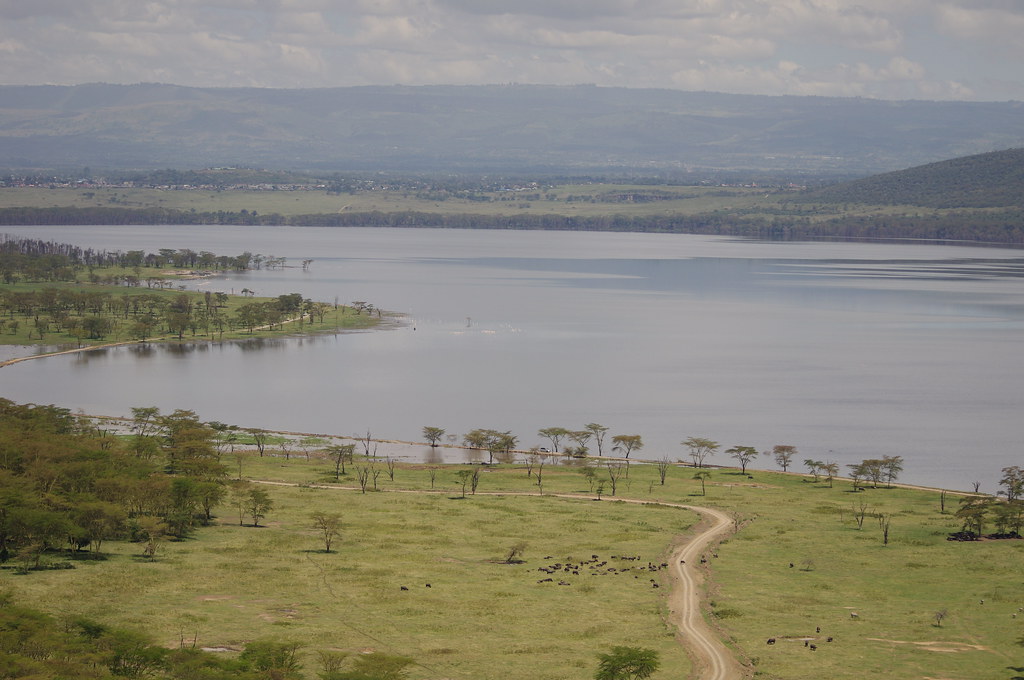Why? Because humans have been managing the land for thousands (in some places, tens of thousands) of years, and many of the species impacted by our activities have adapted to thrive under some level of environmental disturbance. In places where humans had little or no effect, other animals and processes have played a similar managerial role, keeping some species in check and allowing others to thrive. Many contemporary preserves lack these sorts of disturbance, and may be the poorer for it.
This is an issue that has previously been addressed by botanists, historians, and anthropologists (for example, in M. Kat Anderson's Tending the Wild), but has not received much serious consideration from conservationists. A recent review in Biological Conservation, however, seeks to synthesize the existing literature and highlight the myriad ways in which traditional land management techniques might contribute to biodiversity and ecosystem stability in nature preserves.
Author Beth Middleton, of the United States Geological Survey, begins by pointing out that disturbances are a fact of life in all ecosystems. Things like wildfires, extreme storms, and grazing animals help shape habitats by killing off or reducing the growth of some organisms, thus allowing others to gain or keep a foothold. Early human management techniques (including periodic burning of meadows, grazing of small herds of cattle, wood cutting, and haying) may have had similar environmental effects by mimicking the effects of non-anthropogenic disturbances. More recently, however, we have generally attempted to protect parks and preserves from all such perturbations--thus potentially allowing dominant species to become so successful that they exclude other organisms. This is particularly problematic when the excluded organisms are protected species.
Middleton is quick to stress that use of traditional management in preserves is a complex issue. For one thing, it may be difficult to convince people that their local nature preserve should be open to grazing by cattle, or that it is a good idea to allow loggers to periodically cut down a few trees. (In fact, Australian conservationists argued against these ideas in a recent essay posted on The Conversation.)
That said, a wide range of international studies suggest that traditional management could have major benefits. Low levels of cattle grazing, for example, have been found to promote biodiversity, and, in particular, to help rarer species thrive; this may be mediated by reductions in shrubby growth and dispersal of seeds in cattle dung. Some preserves have been created out of areas that were once heavily managed (for example, land that had previously been communally farmed by citizens of the former USSR). In these sites, maintenance of some level of disturbance can prevent macrophytes from encroaching and preventing the growth and persistence of smaller vegetative species. Middleton notes that the benefits of disturbance extend not just to plants, but also species that depend on vegetation for sustenance and shelter--including, for example, both insects and the organisms that feed upon them.
A number of preserves have already successfully experimented with traditional grazing practices; non-livestock solutions such as haying and light mowing have also been advocated (for the protection of orchids in Europe, for example). For each of these techniques, it will be important to understand how much management is useful, and whether these practices are maximally beneficial at certain times or places. Biodiversity may peak just after mowing, for instance, but then decrease again as the grasses rebound to their original growth; meadows and fens may benefit more from traditional management than, say, wooded areas.
 |
| Some environmental disturbances are more extreme than others; both the geography and vegetation of the Mojave National Preserve have been significantly impacted volcanic activity. |
Note: Some concepts/points that are not specifically attributed to B.A. Middleton may have been inspired by ideas from Kat Anderson's Tending the Wild.
---
If you enjoyed this article, you may want to follow the Anthrophysis Facebook page.
Middleton, B.A. 2013. Rediscovering traditional vegetation management in preserves: trading experiences between cultures and continents. Biological Conservation 158:271-279.
All photos by Flickr user specialagentCK.



No comments:
Post a Comment